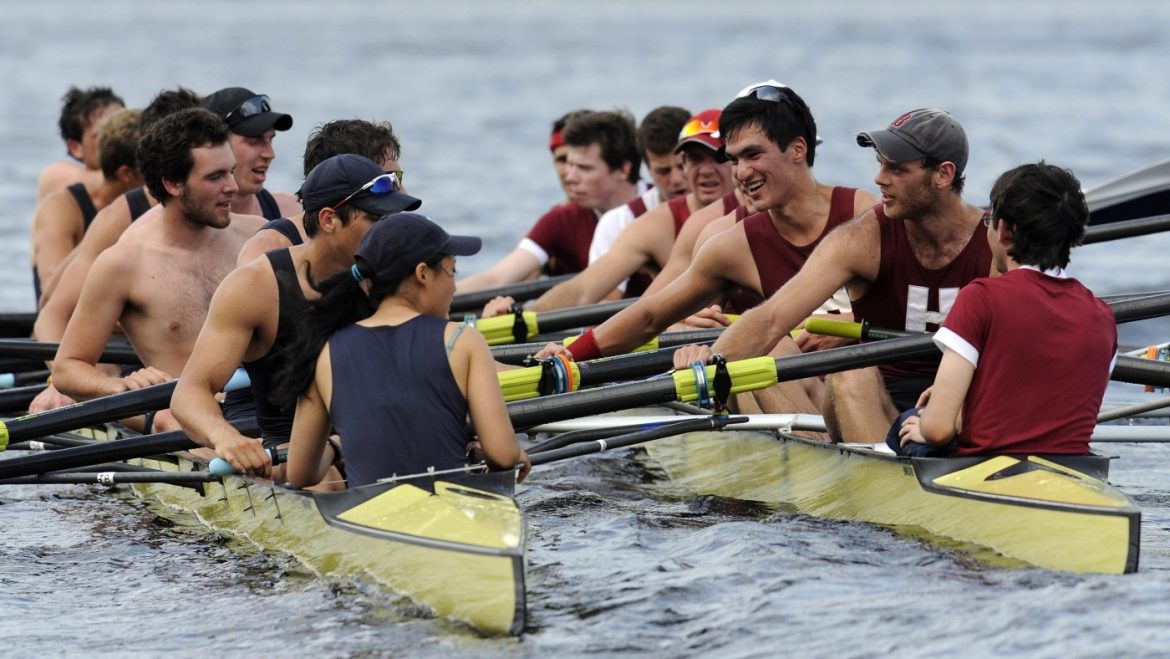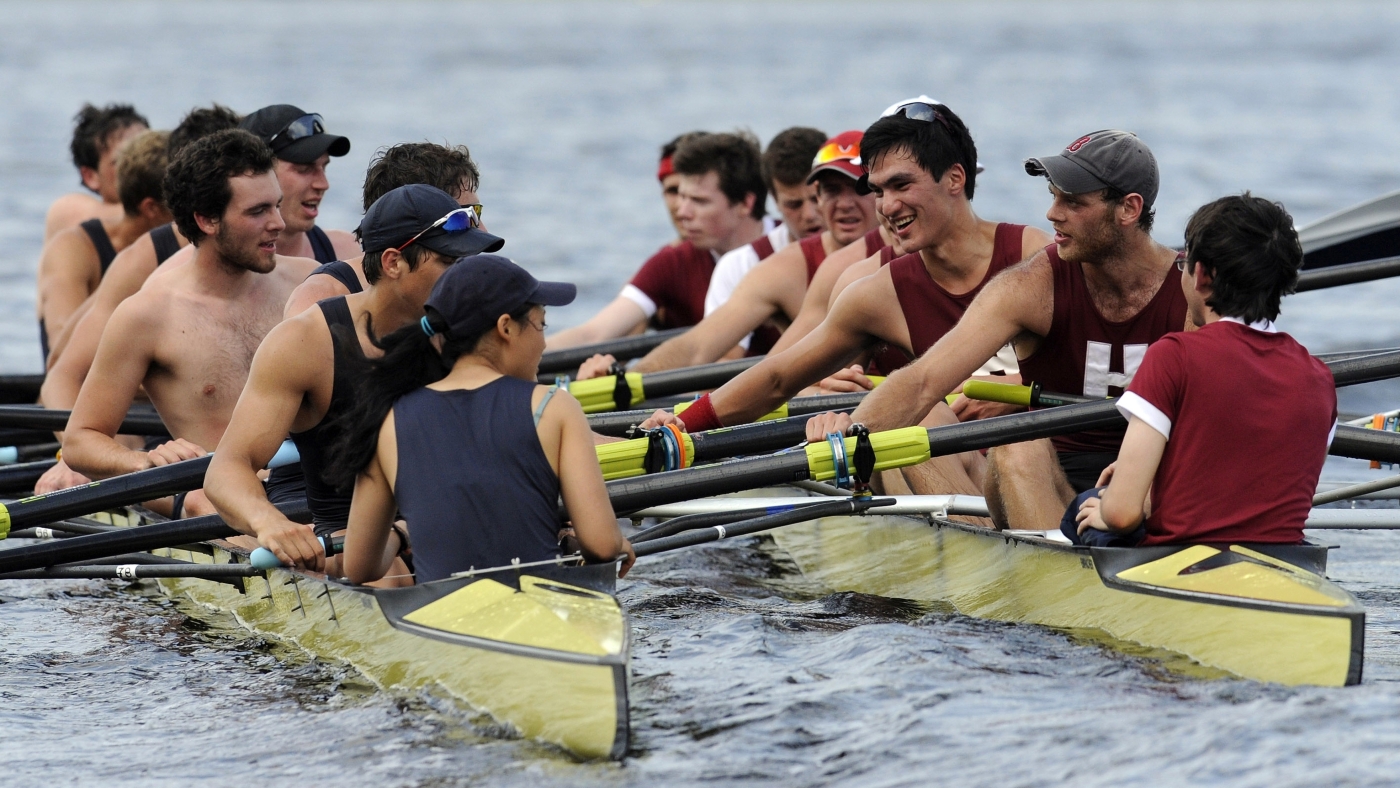The Trump Administration’s Visa Actions Threaten Harvard’s Athletic Programs
The recent policy move by the Trump administration threatening Harvard University’s ability to enroll international students poses a severe risk to the institution’s renowned athletic program. With Harvard boasting the nation’s largest collegiate athletic program — running 42 varsity sports — and a significant portion of its athletes hailing from abroad, this visa crackdown could dramatically disrupt many teams, potentially wiping out several due to a sudden inability to field eligible international players.
The Impact on Harvard’s Sports Teams
Harvard’s athletic roster for the 2024-25 academic year includes approximately 919 athletes, nearly 21% of whom come from international backgrounds. This diversity is especially prominent in sports like rowing, where the men’s heavyweight crew team, recently victorious at the Eastern Sprints title, depends heavily on international talent — seven of its eight rowers fall into this category. Eliminating visas for these students threatens to deplete not just this team but potentially many others that rely on international students to remain competitive.
Such a sharp reduction in international players could force teams to scale back operations or even cease to exist in their current form. The sudden loss of a sizable segment of athletes would strike a severe blow to Harvard’s competitive edge and athletic identity, disrupting team cohesion and performance built over years.
The Administration’s Justifications and Harvard’s Response
The Department of Homeland Security (DHS) has cited concerns related to campus environment safety as the rationale behind the decision to revoke Harvard’s eligibility to enroll foreign students. DHS demanded detailed records on student visa holders, alleging links to illegal or violent behavior, though the administration’s move has drawn intense criticism for its breadth and potential political motivations.
Harvard has strongly contested the decision, labeling it unlawful and defending its hiring and admissions practices. The university sees the action as part of an escalating battle, framing itself as a symbol of resistance against what it perceives as overreach and unjust targeting by the government. Harvard has vowed to challenge the restrictions through legal channels to protect its diverse academic and athletic community.
Broader Implications Beyond Sports
While the immediate focus is on the sports teams, the visa restrictions carry far-reaching consequences across Harvard’s academic, research, and cultural fabric. International students contribute substantially not only to athletics but also to the vibrancy and global perspective of Harvard’s campus. The administration’s stance threatens to undermine this ecosystem, potentially discouraging top talent worldwide from enrolling.
Federal grants and contracts amounting to billions of dollars are on the line, adding financial pressure on Harvard to comply with government demands. The looming fight raises questions about the balance between national security considerations and academic freedom, institutional autonomy, and diversity.
The Athletic Community’s Response and Uncertainty Ahead
The athletic department, coaches, and student-athletes have expressed alarm and uncertainty. Many international athletes face an unclear future, unsure whether they will be able to continue their education and athletic careers at Harvard. With the upcoming seasons hinging on a full team roster, the policy’s timing exacerbates concerns.
This situation could set a precedent affecting other universities with substantial international student presence, especially in competitive sports programs. The impact resonates beyond Harvard, sounding a warning for institutions nationwide relying on global student-athletes.
Conclusion: A Crucial Crossroad for Harvard’s Athletics and International Student Body
The Trump administration’s recent visa threat represents more than a bureaucratic dispute; it strikes at the heart of Harvard’s global identity and athletic excellence. By targeting the institution’s international student population — a vital element of its sports teams and intellectual community — the policy risks decimating multiple varsity teams and diminishing Harvard’s status as a leading university.
As Harvard challenges these measures, the outcome will reverberate across collegiate athletics, higher education, and immigration policy. The stakes involve not only the survival of specific sports teams but also the preservation of an inclusive, diverse, and internationally engaged academic culture. This unfolding confrontation highlights the delicate balancing act between government regulatory power and the values that have long defined America’s premier educational institutions.


